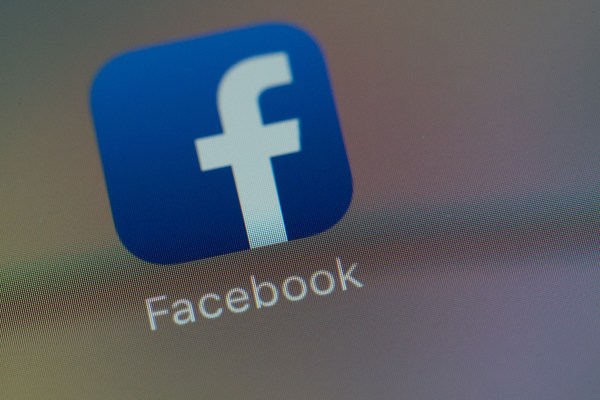Facebook may have an issue with gender bias, according to a recent report by The Wall Street Journal. Based on an analysis by an engineer at Facebook, which Facebook told TechCrunch is “incomplete and inaccurate,” code written by female engineers at Facebook gets rejected more often than code written by men at the company.
“As we have explained, the Wall Street Journal is relying on analysis that is incomplete and inaccurate – performed by a former Facebook engineer with an incomplete data set,” a Facebook spokesperson told TechCrunch in an email. “Any meaningful discrepancy based on the complete data is clearly attributable not to gender but to seniority of the employee. In fact, the discrepancy simply reaffirms a challenge we have previously highlighted – the current representation of senior female engineers both at Facebook and across the industry is nowhere near where it needs to be.”
According to the analysis, female engineers received 35 percent more rejections of their code than male engineers. The employee’s analysis also found that women waited 3.9 percent longer to get their code accepted, and received 8.2 percent more comments and questions than men. The WSJ noted that it was not able to independently verify the results of the analysis nor assess the methodology of it.
In response to the employee’s analysis, Facebook did its own study, according to The WSJ. Facebook Head of Infrastructure Jay Parikh reportedly said the gap in rejection rate was not due to gender, but rank.
So, Facebook’s argument is essentially that because there are not as many women in higher-ranked engineering roles, their code is subject to more scrutiny. But it’s problematic that women, which only make up 17 percent of Facebook’s technical department, are not in higher-ranking roles. I’d personally love to see the breakdown of ranks in Facebook’s engineering department, but that’s not something Facebook has detailed in its diversity reports.
